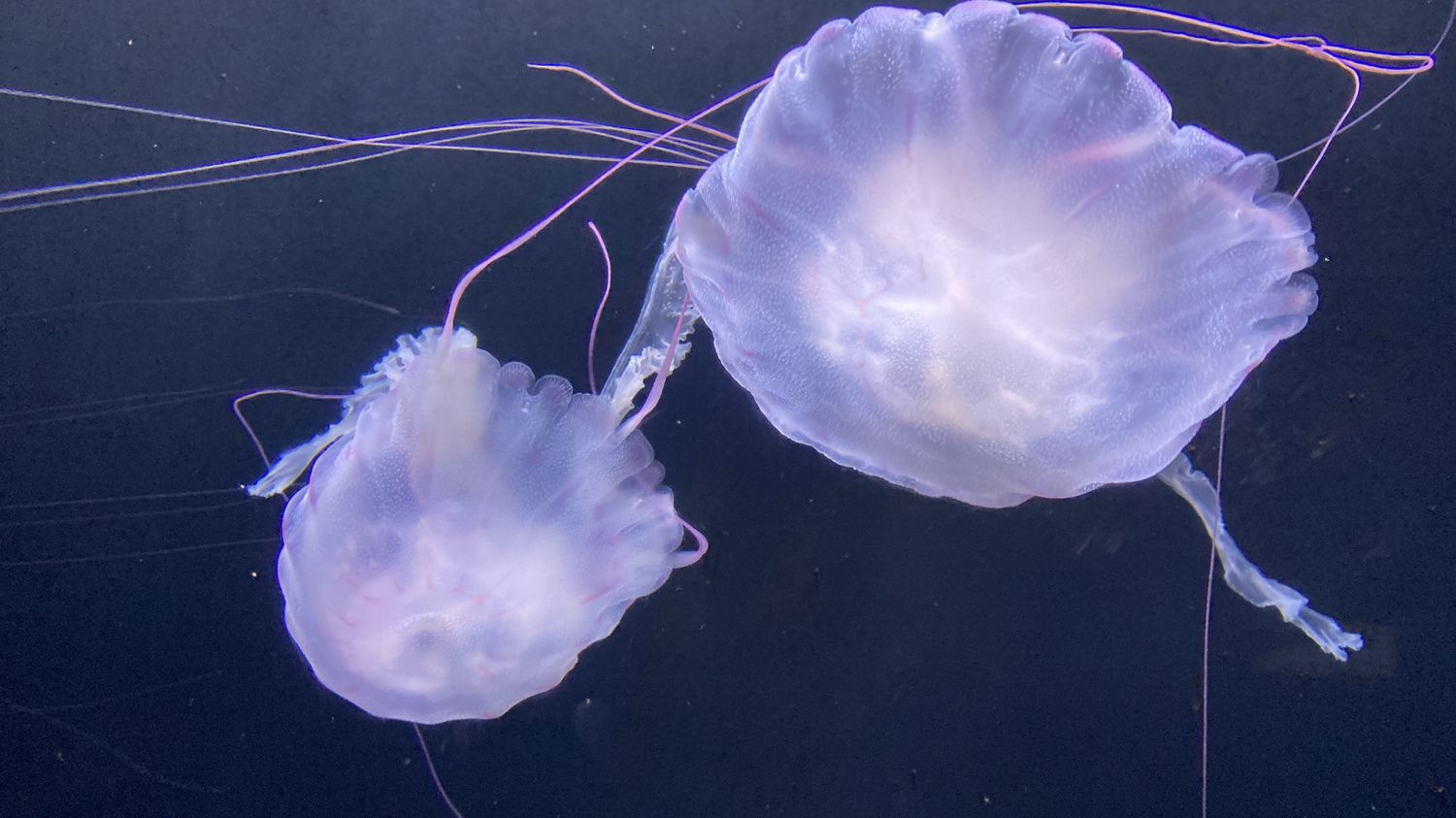The first complete synthesis of the biodiversity of this vast area coveted for its mineral resources has just been published: of the 5,578 species identified, 90% were unknown, and most often endemic. A figure that gives the measure of the extent of our ignorance on these shallows, and their inestimable wealth threatened.
Hervé Poirier, editor-in-chief at the magazine Epsiloon, speaks to us today of 5,000 species of animals of the abyss, which had never been recorded until now.
franceinfo: New species suddenly discovered, 90% of which are unknown and most often endemic? Explain to us…
The zone is a plain located more than 5,000 km deep, between Hawaii and Mexico, as large as the European Union: the Clarion-Clipperton zone. Many expeditions with robotic submarines have patiently identified everything that lives under there. And the first complete synthesis of the biodiversity of this vast plain has just been published: 5,578 different species have been counted, divided into 500 families. And among them, only 436 already had a name. In other words, yes, 90% are unknown species.
What do these new species look like?
The majority are arthropods, kinds of shrimps and crabs, or nematodes, kinds of small worms. But researchers have seen, for example, large acorn worms, more than 2 meters long, which leave beautiful spirals at the bottom of the sediment. “Glass sponges” that look like vases. Gelatinous animals, with a huge tail. Colonies of mini-crustaceans clinging to sponges. The bestiary is very varied, and very threatened!
A bestiary threatened by the exploitation of underwater resources, can we imagine?
Yes, the Clarion-Clipperton area is riddled with nodules, pebbles 5 to 10 cm in size, placed at the bottom of the water that you just have to pick up. There would be 21 billion tons, containing as much manganese as all the continents combined, four times more nickel, but also copper, cobalt. Wealth obviously highly coveted, including for the development of green technologies.
Under the aegis of the United Nations, the International Seabed Authority has already awarded some twenty mining exploration contracts, granted a few exploitation permits for experimental purposes – the extraction machines seem to be ready – and is preparing a deep-sea mining code, before, no doubt, granting the first real exploitation permits. United States, China, India, France, Germany, Belgium, Singapore are in the race.
And that’s why scientists are rushing. With this first review of biodiversity, they are, for the moment, measuring the extent of their ignorance. And the fragility of this vast wild, dark and icy ecosystem. As strange as any alien world: our new frontier.
